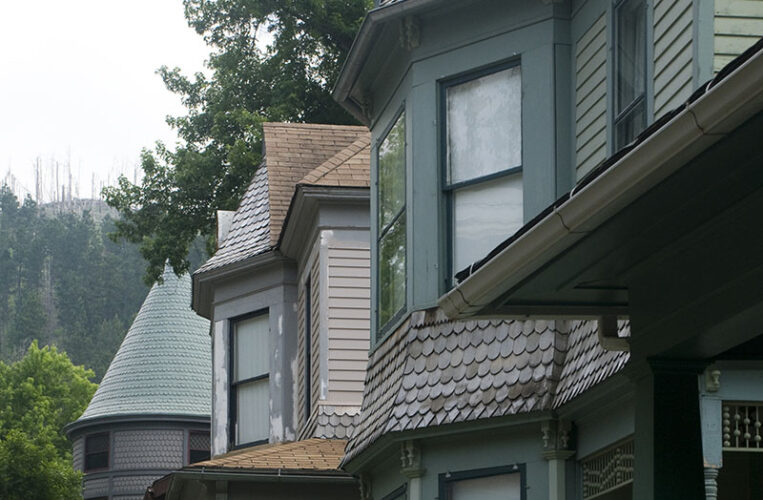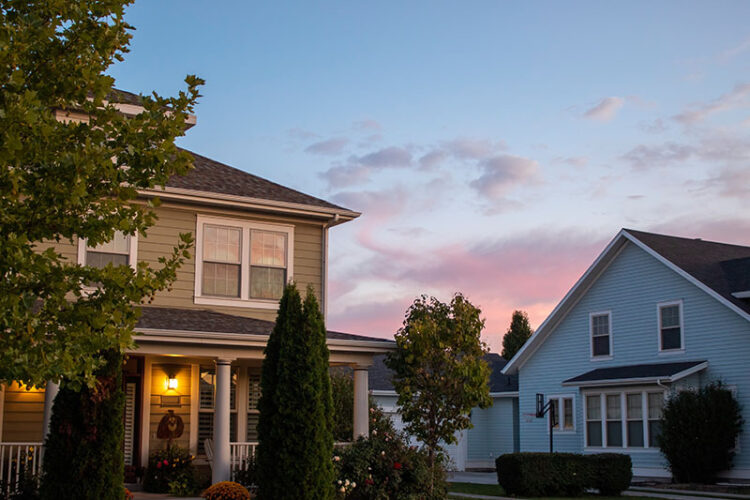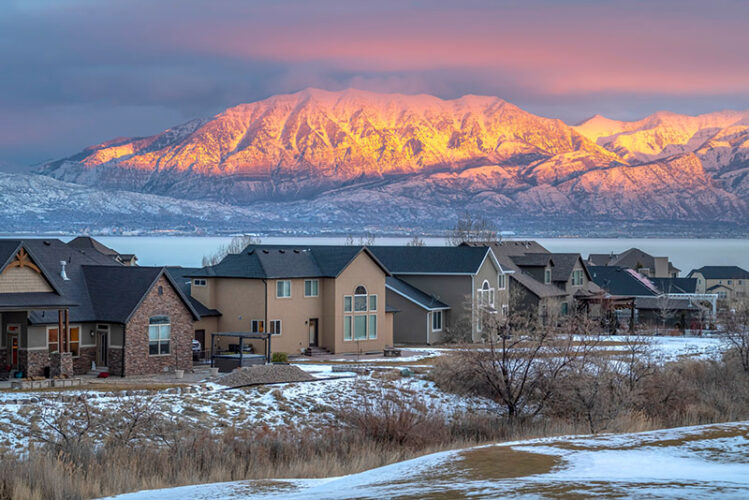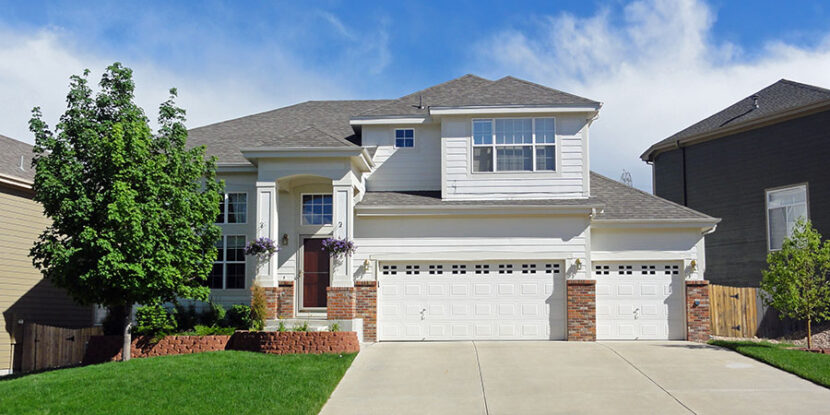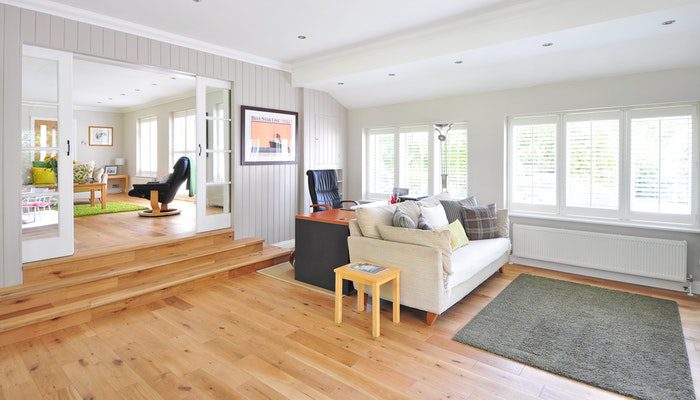Common Roofing Problems in Sioux Falls, SD

Sioux Falls, SD has an excellent climate Comfort Index, but in January and December, Mother Nature yields her harshest weather. The moist Eastern climate zone pushes against the dry Western front, so the area experiences massive temperature extremes. July brings sweltering heatwaves that will wear heavily on your cooling bills if your roof’s R-value isn’t up to scratch.
Sioux Falls’ winters are no easier. The area receives 44 inches of snowfall and 26 inches of precipitation every year. You need a sustainable, high-performance roofing system that can cope with ice, humidity, and bitter temperatures.
Metal Roofing
Snow accumulation exerts a heavy downward force that causes roof sagging. As ice dams settle into these weak points, cracks form and leaks follow. Compromised roofing attracts pest infestations which, in turn, attract dampness and mildew. Snow is often the weather event that starts that domino effect.
At a minimum, your roof must withstand 20 pounds of snow per square foot or it will collapse, but 40 pounds are more practical. A 3/12 pitch will help to distribute weight more evenly, but if you have the wrong roof materials, even the perfect slope will fall short. Metal is the choice material for this problem. It has a slick surface, so it lets snow slide easily to the ground.
This will reduce snow loads and prevent ice dams from forming. Sheathing will also raise the load-bearing potential of your roof, while underlayment adds an extra layer of waterproofing. Snow guards can certainly be erected, but sleek metal shingles will enhance your curb appeal in ways that guards will never achieve.
Slate and fiberglass shingles provide durable protection against ice, but their porous, rough surface will do little for those winter snow loads. Fortunately, fabricators have developed metal shingles that mimic just about every roofing material on the market today.
Whether you prefer the distinctive aesthetic of asphalt, wood, or clay, modern metal shingles can offer it. They’re also some of the best heat reflectors on the market, so they’ll see you through July without overloading your utility bills.
R-Value
Summer heatwaves are demanding on your cooling costs, so your roofing needs to add to your home’s R-value. While insulation will play the leading role in those efforts, your shingles should work towards the same effect. Thick 5/8 inch shingles will offer you an R-value of about 2.
Wood only manages an R-value of 0.87, while asphalt offers one of .45. Your roofing choices have a drastic impact on your indoor climate, not just in terms of their insulating powers, but their light reflection as well. To capitalize on the latter, choose white or reflective shingles.
Ventilation
Excellent ventilation can cure a hundred roofing ills by helping your roof to release condensate and resist wood rot. A simple ridge vent will help hot, humid air to rise, so it’s the perfect solution to sticky summers. Ice dams and mildew are two more symptoms of a vent-free roof.
To encourage circulation, you’ll need intake, vertical, and exhaust vents. Cross-venting is an alternative that will keep hot and cold air moving.
A Holistic Approach to Roofing
Sheathing, underlayment, shingles, and drainage are all core facets of a weather-resistant roofing system. It’s only when you choose each individual feature well that you can achieve the maximum lifespan and temperature control possible. If you approach this part of your property strategically, those catastrophic Sioux Falls summers will become far more tolerable. They’ll wear lighter on your pocket, too, so a good roofing system is well worth the investment.
More information on 1-800-HANSONS roofing in Sioux Falls including location and contact information.
Get a Free Estimate Today
70% off installation. Special financing available. See details.

